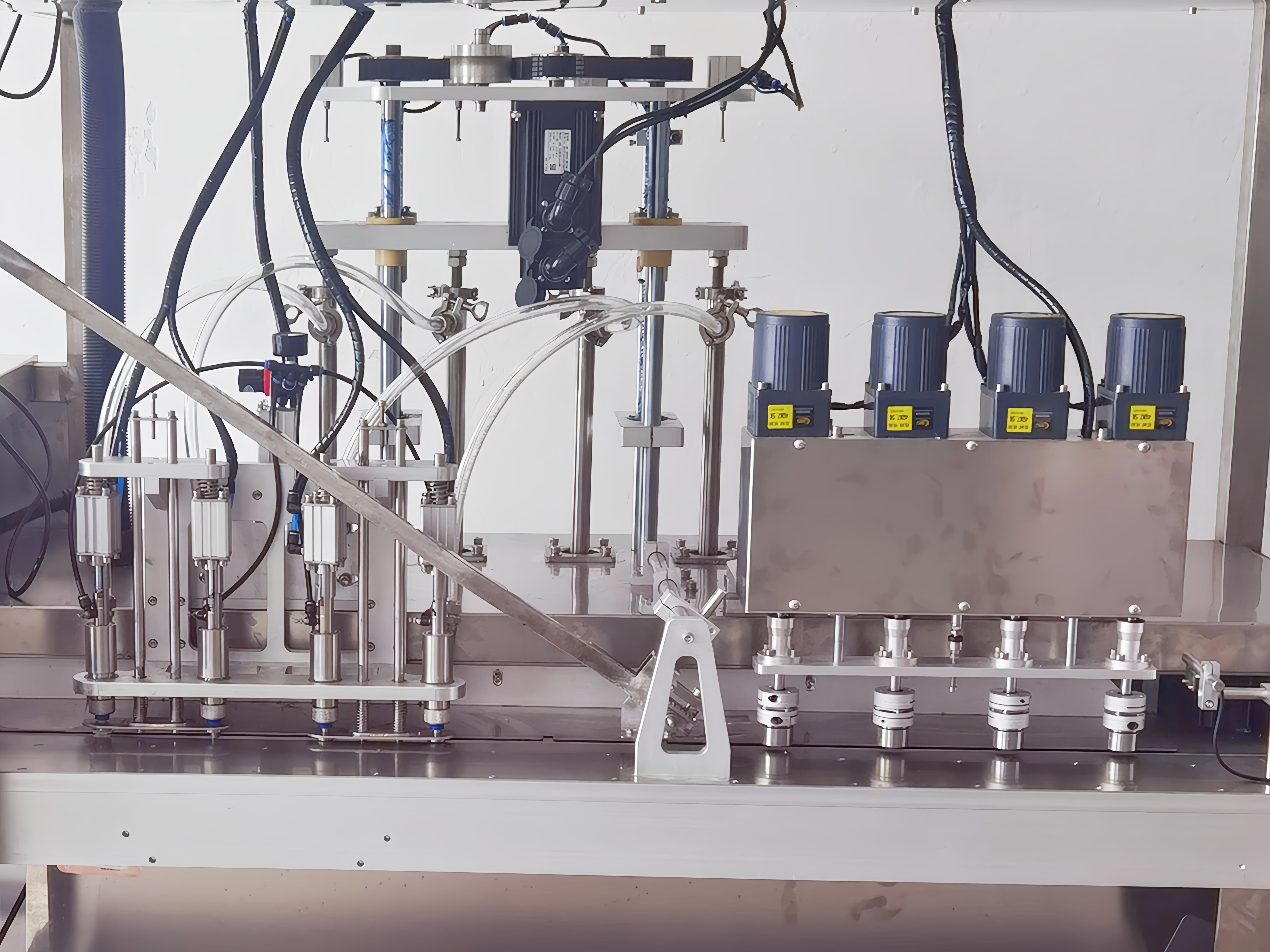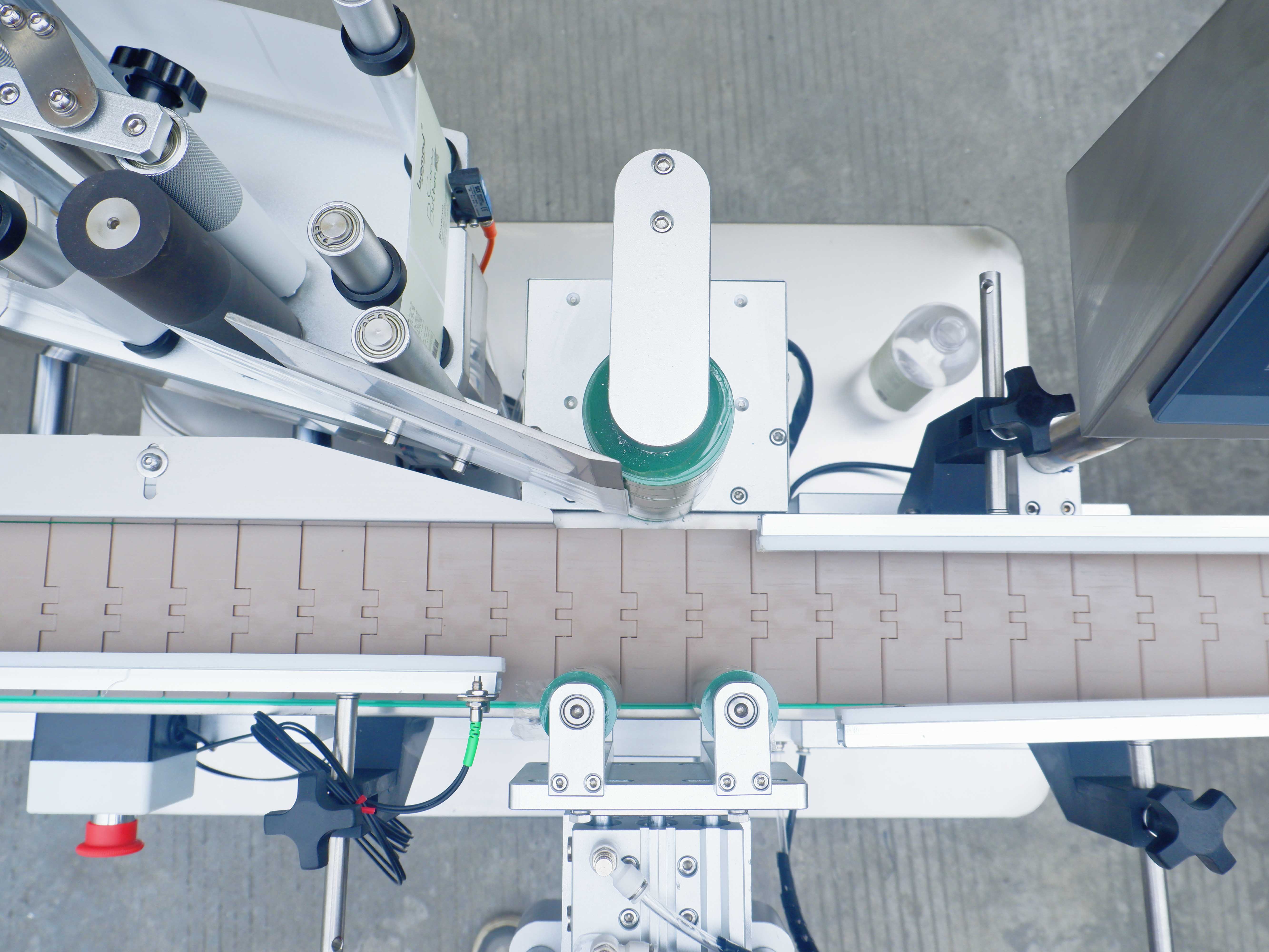The History of Liquid Filling Machines
The History of Liquid Filling Machines: From Manual Operation to Intelligent Automation
Liquid filling machines are devices used to accurately fill containers with liquid products, widely used in the food and beverage, chemical, and pharmaceutical industries. With technological advancements and changing market demands, liquid filling machines have evolved from manual operation to intelligent automation. This article will take you through the history of liquid filling machines.
Early Stage: Manual Filling
Before the invention of liquid filling machines, filling liquid products was entirely manual. Workers used funnels and measuring cups to pour liquids into bottles or cans. This method was not only inefficient but also made it difficult to ensure the accuracy and consistency of each filling, leading to waste and contamination.
The Rise of Mechanical Filling
From the late 19th to early 20th centuries, with the advancement of the industrial revolution, mechanical filling equipment began to emerge. Early liquid filling machines were mostly simple mechanical devices, using levers and gear systems to fill liquids into containers. Although these mechanical filling machines improved efficiency, they still had issues with precision and maintenance complexity.
Introduction of Electrification and Automation
By the mid-20th century, with the development of electrical technology, liquid filling machines entered the era of electrification and automation. The introduction of electric motors and sensors made the filling process more precise and stable. These liquid filling machines could achieve efficient production and adjust electrical parameters to meet the filling requirements of different liquids.
The Era of Digitization and Intelligence
Entering the 21st century, the application of digitization and intelligent technology brought revolutionary changes to liquid filling machines. Modern liquid filling machines are equipped with advanced PLCs (Programmable Logic Controllers), HMIs (Human-Machine Interfaces), and various sensors, enabling automated control, real-time monitoring, and fault diagnosis. Intelligent liquid filling machines can significantly enhance production efficiency and ensure the accuracy and consistency of each filling, catering to the needs of different scale production enterprises.
Future Outlook
In the future, liquid filling machines will develop towards more intelligent, flexible, and eco-friendly directions. The integration of IoT (Internet of Things) and AI (Artificial Intelligence) will endow liquid filling machines with self-learning and self-adaptive capabilities, automatically adjusting filling parameters based on production needs, further improving production efficiency and product quality. Meanwhile, the application of eco-friendly materials and energy-saving technologies will drive liquid filling machines towards green development, reducing resource waste and environmental pollution.
Conclusion
The history of liquid filling machines is a reflection of technological progress and industrial innovation. From manual operation to intelligent automation, liquid filling machines continuously evolve, driving improvements in production efficiency and product quality across various industries. Looking forward, with ongoing technological advancements, liquid filling machines will have even broader development prospects, bringing more convenience and benefits to people's lives.



